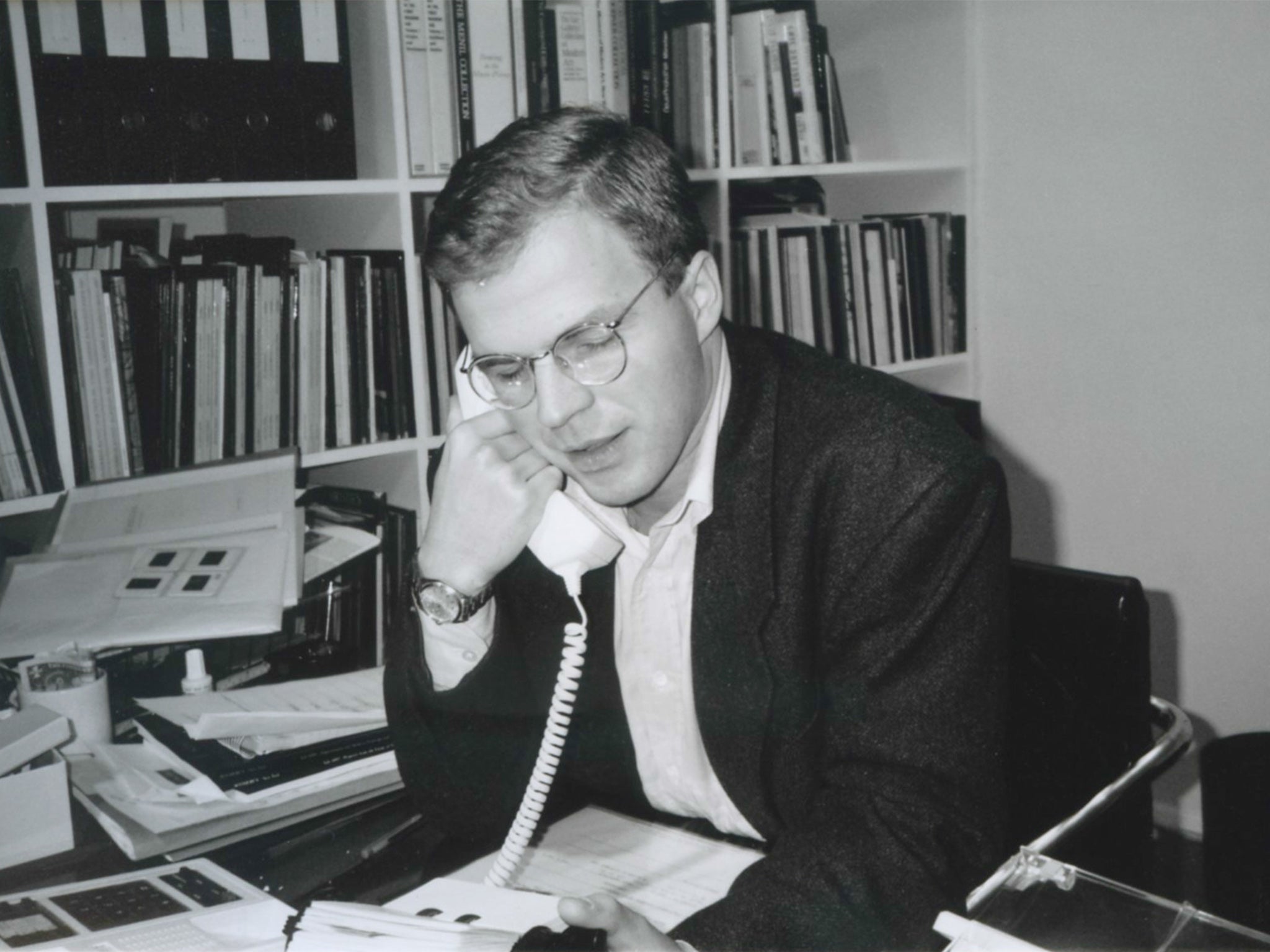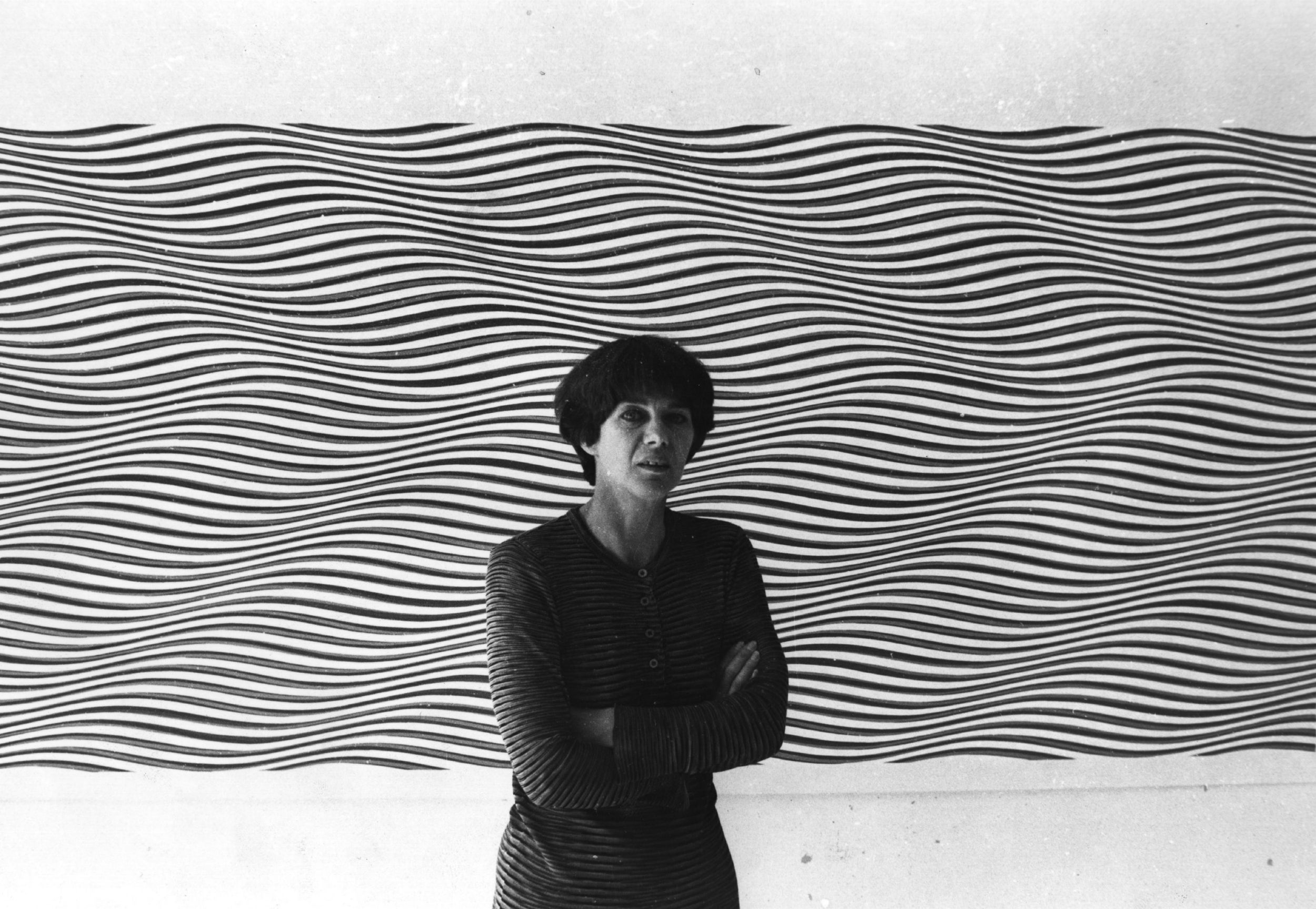Karsten Schubert: Art dealer who launched and championed the Young British Artists
Through his galleries, Schubert was key to promoting fiery new talents such as Rachel Whiteread, Michael Landy and Ian Davenport

Karsten Schubert was the German-born London art dealer who could claim to be instrumental in bringing the Young British Artists to wider attention, being among the first to exhibit works by the likes of Michael Landy, Rachel Whiteread and Gary Hume in his eponymous gallery.
Schubert was born in Berlin to Ruth (nee Herberer) and Gottfried Schubert. His parents divorced when he was two. It was Schubert’s mother, who was a teacher and social worker, who first introduced her son to art, taking him to see museums all over their still-divided city. Schubert said: “I was about 12 when I began collecting coins, then Roman antiquities. I eventually realised that if you want to get fantastic things, you have to collect contemporary art.”
Though he studied theology at Humboldt University of Berlin, Schubert quickly found work with an art dealer in Cologne upon graduating. At the age of 22 he moved to London where he joined the Lisson Gallery, which was at the time the only London gallery actively promoting new artists. After a few years there, Schubert saw a gap in the market. With the backing of Richard Salmon, in 1986 he opened his own gallery – Karsten Schubert Limited – in a former brothel on Fitzrovia’s Charlotte Street. His inaugural exhibition was by Alison Wilding. Working on the gallery’s front desk was Lady Helen Windsor.
Schubert’s aristocratic employee drew in London’s glitterati but it was his 1988 group show of Young British Artists with Ian Davenport, Gary Hume and Michael Landy that put the gallery in the spotlight. Schubert had first seen the artists’ work at their Goldsmiths college degree show. Goldsmiths became a veritable goldmine for Schubert, leading him to artists such as Angus Fairhurst, Liam Gillick, Rachel Whiteread and Anya Gallaccio, whose 1991 show Preserve ‘Beauty’ involved her filling the window of the Charlotte Street gallery with 800 red gerberas that were simply allowed to rot there.
In addition to the YBAs, Schubert represented Gerhard Richter, Gunther Forg, Georg Herold, Dan Flavin, Fred Wilson and Ed Ruscha. In 1991, his gallery hosted the first and only UK show of German artist Martin Kippenberger.
Schubert undoubtedly helped to create a market for the YBAs but his timing was against him. In 1991 the recession hit. In 1992, Michael Landy transformed Schubert’s gallery into a pound shop for a show called Closing Down Sale, complete with signs that read “Going Out Of Business”. Later that year, Schubert’s partnership with Salmon came to an end and the gallery moved to smaller premises on Foley Street. Reviewing another Anya Gallaccio show there, wherein the walls were smeared with 63kg of Bournville chocolate, critic Brian Sewell declared Schubert’s new gallery “London’s most squalid”. Schubert also showed controversial works by Jake and Dinos Chapman. Around the same time, he parted company with several of the artists he had championed, including Landy and Hume.

In 1995, Schubert branched out, co-founding the publisher Ridinghouse with Charles Asprey and Thomas Dane to produce art criticism and history, monographs and catalogues. However, when Rachel Whiteread left Schubert’s representation, he changed his remit again, becoming a private artist’s agent and closing the Foley Street space.
With Ridinghouse, Schubert also became a writer. In 2000 he published a history of the art museum called The Curator’s Egg: The Evolution of the Museum Concept from the French Revolution to the Present. Later came Dear Images: Art, Copyright and Culture, a collection of essays co-edited with Daniel McClean.
In 2007, Schubert turned gallerist again with a space in Lower John Street, where he added artists Rose English and Tess Jaray to his roster, alongside Alison Wilding. The gallery moved to Lexington Street in 2014. Throughout all the changes, Schubert continued to work with Bridget Riley, whose paintings he particularly admired. He was a faculty member of the fine arts department of the British School in Rome, an advisory board member of London’s Drawing Room and a trustee of the creative arts hub Space London.
In 2015, Schubert was diagnosed with a rare form of thyroid cancer known as medullary cancer. While recovering from surgery in a suite at Claridge’s (his hotel bill was met by two friends) he wrote a semi-autobiographical book, Room 225-6: A Novel. The book was published by Ridinghouse, with the proceeds going towards research into robotic surgery.
In a final act of generosity, Schubert bequeathed his collection of Cezanne drawings and prints to the nation. They will be on display at the Whitworth Art Gallery in Manchester until 1 March 2020.
Schubert is survived by two half-sisters.
Karsten Schubert, art dealer, writer and publisher, born 12 August 1961, died 30 July 2019
Join our commenting forum
Join thought-provoking conversations, follow other Independent readers and see their replies
Comments